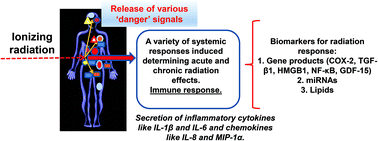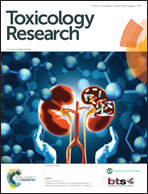Key mechanisms involved in ionizing radiation-induced systemic effects. A current review
Abstract
Organisms respond to physical, chemical and biological threats by a potent inflammatory response, aimed at preserving tissue integrity and restoring tissue homeostasis and function. Systemic effects in an organism refer to an effect or phenomenon which originates at a specific point and can spread throughout the body affecting a group of organs or tissues. Ionizing radiation (IR)-induced systemic effects arise usually from a local exposure of an organ or part of the body. This stress induces a variety of responses in the irradiated cells/tissues, initiated by the DNA damage response and DNA repair (DDR/R), apoptosis or immune response, including inflammation. Activation of this IR-response (IRR) system, especially at the organism level, consists of several subsystems and exerts a variety of targeted and non-targeted effects. Based on the above, we believe that in order to understand this complex response system better one should follow a ‘holistic’ approach including all possible mechanisms and at all organization levels. In this review, we describe the current status of knowledge on the topic, as well as the key molecules and main mechanisms involved in the ‘spreading’ of the message throughout the body or cells. Last but not least, we discuss the danger-signal mediated systemic immune effects of radiotherapy for the clinical setup.



 Please wait while we load your content...
Please wait while we load your content...